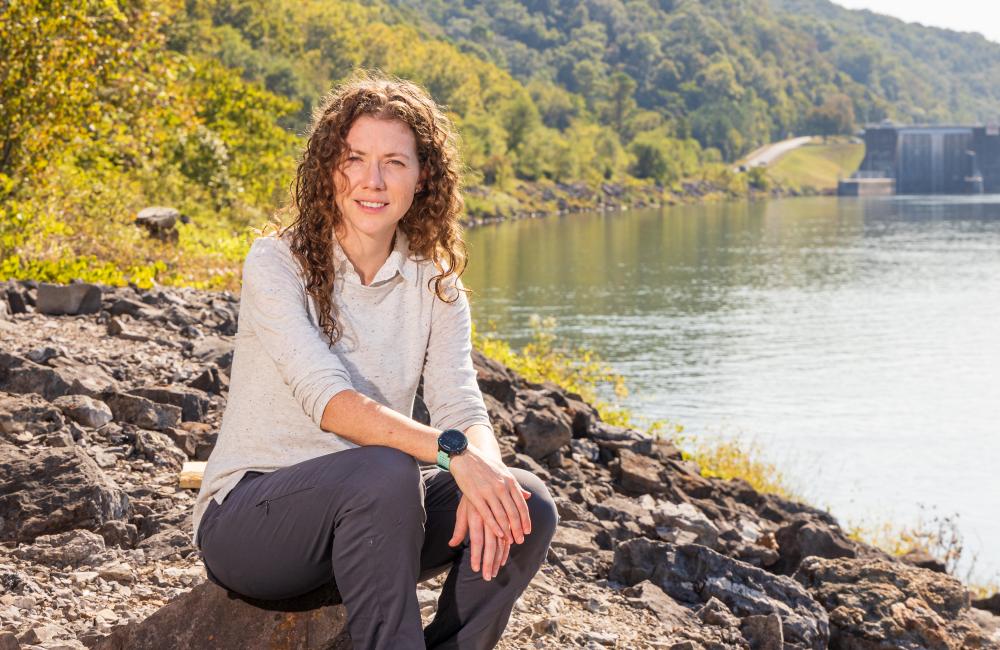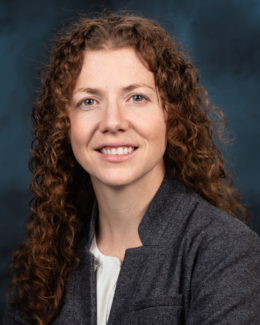Elizabeth Herndon. Image credit: Carlos Jones, ORNL
Elizabeth Herndon has already worked in a variety of environments, focusing her research on how soil minerals affect the storage or release of organic matter and nutrients in various ecosystems. That pattern holds true for her Early Career Award–winning proposal “Biogeochemical Controls on Phosphorus Cycling in Urban-Influenced Coastal Ecosystems.” This study will investigate how the nutrient phosphorous is cycled in ecosystems on the Gulf Coast of Louisiana.
“I’ve worked in stream systems, I’ve worked in temperate forests and I’ve worked in the Arctic tundra,” Herndon said, “but coastal systems are completely new to me. Fortunately, the science doesn’t really change depending on the environment.”
Louisiana’s Gulf Coast has experienced significant land loss as a result of urban flood prevention measures. These measures often include channelizing rivers — thereby disconnecting them from their floodplains — and diverting fresh water away from urban areas and toward less-developed coastal areas. These redirections change sediment supply to deltas, altering their susceptibly to flooding but changing the amount of nutrients, like phosphorus, flowing to coastal ecosystems.
Phosphorus is an important nutrient for all ecosystems. Sometimes too much can limit plant growth or microbial activity or cause “nutrient pollution” — think algae blooms that can produce toxins that are harmful to humans and animals.
“How bioavailable phosphorous is to plants and microorganisms depends a lot on how it’s interacting with minerals in the soil,” Herndon said, “so my study is looking at the interactions between phosphorus and soil minerals. Some of the factors that can affect whether phosphorus is bound to minerals include how much oxygen is available in the soil or the salinity of the water in the soil.”
Her studies will compare those interactions in two different coastal delta ecosystems — one that is growing and one that is shrinking.
“The growing delta is increasing in elevation relative to sea level, because it’s receiving fresh water that also contains a lot of sediment,” Herndon said. “But the rivers have been diverted away from the shrinking delta, so it’s no longer receiving sediment, and it’s starting to sink below sea level. This means that the delta is getting flooded with seawater. When that happens, it increases the salinity and decreases the oxygen that’s available. This disrupts the interactions between nutrients and soil minerals.”
Herndon’s research will examine how being flooded with seawater affects interactions among phosphorus, iron and manganese in coastal river deltas to improve predictions of the future carbon storage and ecological health of these areas.



